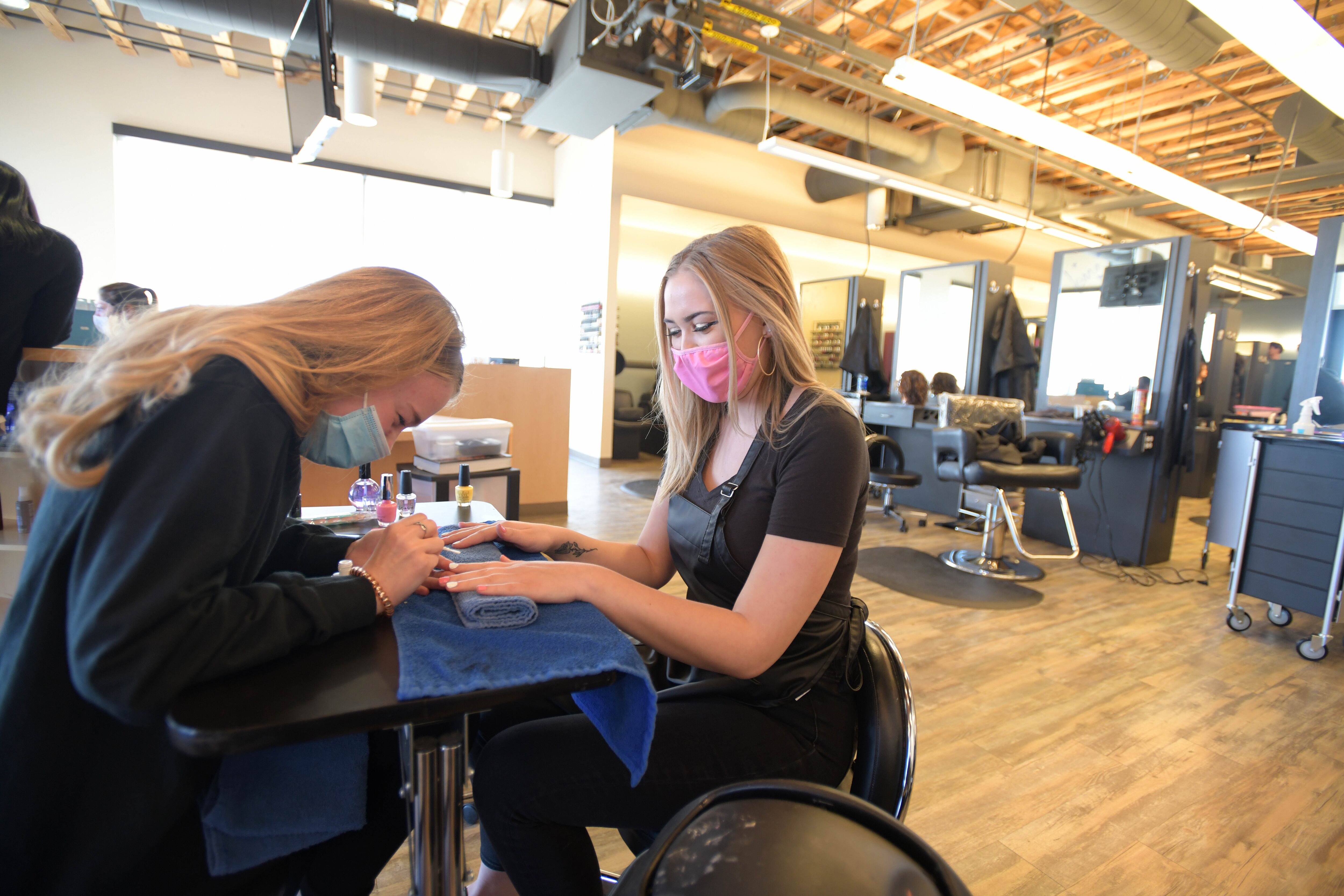Colorado community college leaders face a troubling trend as the fall semester approaches — fewer students are projected on campus than last year when pandemic restrictions were at their height.
The projected decline comes even as college officials expect students back for in-person learning. The delta variant’s uncertainty seems to be the cause, according to the officials.
“Right now, our enrollment numbers are down below where they were this time last year, and that’s not good for us,” said Joe Garcia, Colorado Community College System chancellor. “Last year was bad already.”
Across the state, community college system enrollment projects to drop 6.2%. That follows an about 10% dip in enrollment last year compared to the 2019-20 school year. Nationally, other community colleges saw similar declines last year and national experts are uncertain when enrollment numbers will rebound.
Declines are larger in urban areas, Garcia said.
The Community College of Denver, for instance, faces a 23% enrollment decline. Officials there said in an email that they attribute the decline to hardships related to the pandemic, such as a reluctance to ride public transit due to the risk of COVID, family needs and safety fears.
Colorado college leaders expressed optimism, however, that more students will enroll on the first day of class — when many typically make their final decision about whether to attend community college — and make up for those projected declines.
“They do wait until the first day of classes because that’s when a lot of our students make that final decision of how many classes they can take,” Garcia said.
If enrollment projections hold, colleges face another year of decreasing finances, impacting their ability to serve their communities.
But college leaders worry most about the long-term impact for the families they serve if students don’t return. Students typically flock to community colleges after periods of economic hardship to meet the changing demands of the economy. That can lead to higher paying jobs in high-demand fields.
The projected declines stand in contrast to some four-year universities that have seen students flock back to college. The University of Colorado Boulder and Colorado State University project an increase over last year thanks to a return to in-person classes and students enrolling after deferring college last year.
With fewer students on community college campuses, low-income and racially diverse communities already facing the steepest challenge of getting a college education can be left behind. And if students don’t show up now, there’s a concern it might take years before they realize their dreams.
Trinidad State College President Rhonda Epper said it’s the college’s job to ensure students are on a path to a better future, especially after a year of COVID hardships. At Trinidad, which serves southern Colorado communities like Trinidad and Alamosa, enrollment is projected to be down about 1.4%.
The state’s community college system serves over 130,000 students. Many of those students face economic hardship, Epper said. They’re also older, often support families, and are more diverse.
“This is their ticket to economic prosperity,” she said. “And, it’s not only the individual’s ticket to economic prosperity, but that’s how we build the economic prosperity of our communities.”
Garcia said many prospective students out of work for the last year have taken advantage of going back to work, sometimes at jobs that have offered higher wages to entice employees back to work. Garcia said the system will need to expand efforts to meet students where they are in their lives, including expanding flexible class schedules, in order to get those students to college.
“We have to do a lot more to recognize that our students are trying hard to rebuild their lives after a tough year and that means taking advantage of opportunities to work,” Garcia said. “We don’t want them to give up on schooling.”







